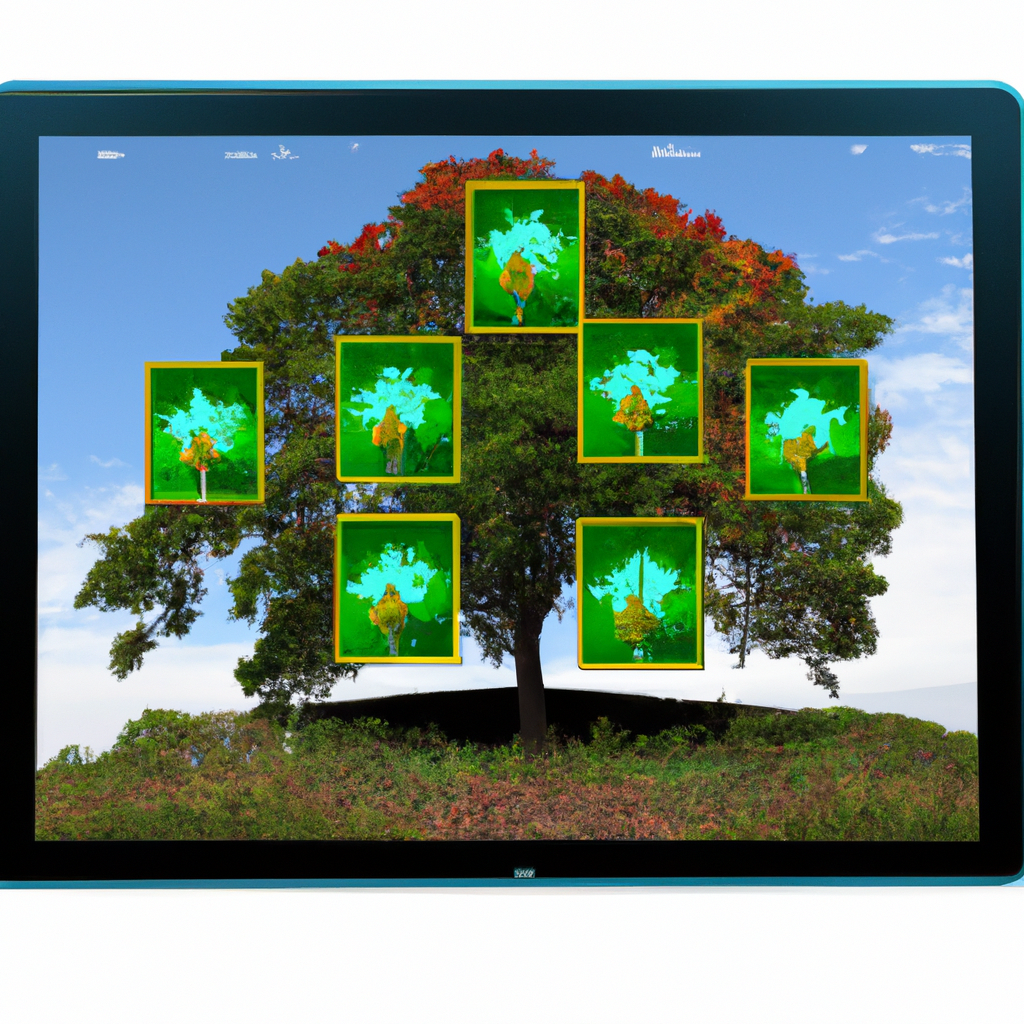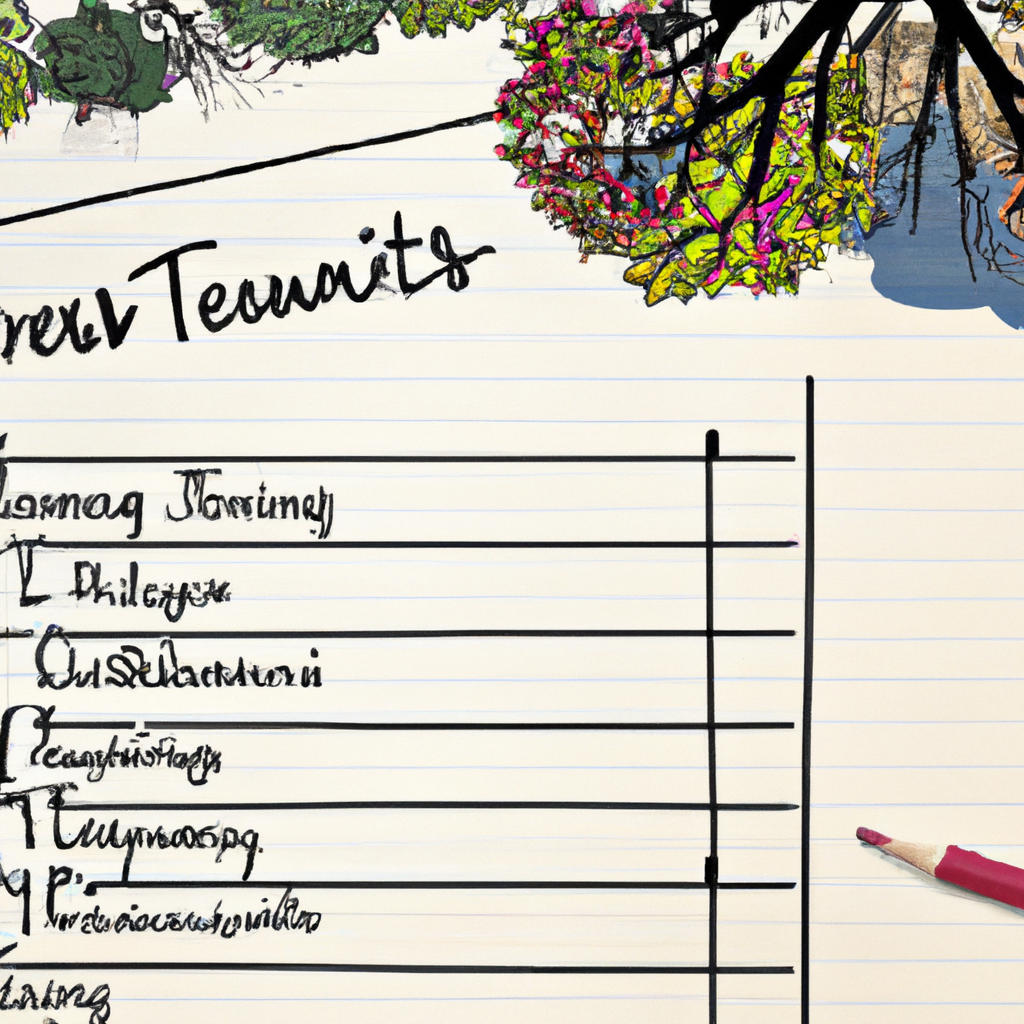Transform Your Career: Enroll in Premier Landscape Design Courses Today!
Alright folks, let’s dive into a topic that’s been buzzing around quite a bit these days: integrating sustainable practices into modern landscape design curricula. Now, I’m no stranger to the gardening scene. I grew up watching my grandma tend to her veggie patch every summer. She always told me, ‘A garden’s not just about making things pretty; it’s about working with nature, not against it.’ Those words stuck with me more than I realized at the time.
Fast forward a few decades and here we are in an era where sustainability isn’t just a buzzword—it’s becoming an integral part of how we approach everything from building homes to crafting our gardens. It’s high time landscape design education caught up with this shift too!
So what’s the deal? Why is it so important for budding landscapers (pun intended) to learn about sustainability? Well, first off, we’re facing some serious environmental challenges today—climate change being the big one on everyone’s lips. Traditional landscaping methods can sometimes do more harm than good if they’re not mindful of resource usage or local ecosystems.
Take water management for instance. When I visited Arizona last year—a place known for its dry conditions—I was amazed by how locals adapted their landscapes using xeriscaping techniques. They used native plants that required less water and designed irrigation systems that conserved as much moisture as possible. It’s smart stuff! But here’s the kicker: many traditional landscape design courses don’t spend enough time teaching these crucial skills.
It’s clear that schools need to incorporate these lessons into their curriculum more heavily if we’re going to prepare future designers properly for the challenges they’ll face out there in the field (literally). One real-life example comes from a university I toured recently in California. They’ve started offering specialized courses focusing specifically on eco-friendly landscaping strategies like rainwater harvesting and permaculture principles.
These students weren’t just reading textbooks either—they were getting hands-on experience designing community gardens and restoring local habitats using what they learned in class! And let me tell ya—it was inspiring seeing young folks so passionate about creating greener spaces while respecting Mother Earth.
But hey—not all change has gotta come from universities alone! Sometimes it starts right in your own backyard—or front yard if you’re feeling adventurous enough! Last spring my neighborhood got together for something called ‘Yard Transformation Day.’ We swapped out old turf grass lawns for native plant beds which attracted tons of pollinators over summer months; bees buzzing around everywhere felt almost magical!
And guess what? That simple act sparked conversations among us neighbors who’d never really talked before apart from polite nods across driveways—and suddenly everyone wanted tips on composting or planting wildflowers instead of petunias next season (no offense petunia fans!).
This kind of grassroots effort shows how small actions can ripple outward bringing communities closer while promoting better stewardship over our shared environment—a concept worth teaching alongside hard skills within any curriculum framework aiming towards holistic understanding rather than merely technical proficiency alone…
So whether you’re considering enrolling yourself or simply hoping future generations will take better care when shaping tomorrow’s green spaces—you’ve already taken an important step by thinking critically about ways educators might foster deeper connections between learners’ personal values & professional responsibilities through meaningful integration across diverse topics such as ecology agriculture architecture urban planning horticulture sociology even philosophy depending upon interests & goals pursued individually yet collectively aligned toward common cause aspiring towards thriving planet sustained lovingly collaboratively indefinitely…



